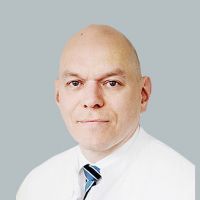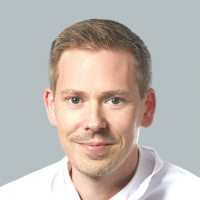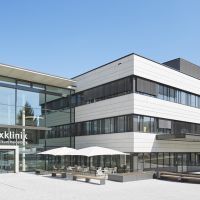Whether pneumology or pulmonology - this subarea of internal medicine deals with the lungs, bronchial tubes and respiration. Pulmo is the Latin word for the lungs, the Greek word "Pneu" stands for wind, air and breath.
In fact, both terms are in common use - so there are pneumologists and pulmonologists. In any case, the corresponding specialist deals with diseases of the lungs, bronchial tubes and pleura. The spectrum ranges from prevention and diagnosis to treatment and aftercare of, among other things, asthma, chronic or chronic-obstructive bronchitis, pulmonary tuberculosis and pneumonia. This also includes pulmonary inflation - the technical term is pulmonary emphysema - and pulmonary hypertension, i.e. when the blood pressure in the pulmonary arteries is elevated.
Other diseases that require a pneumologist are pleurisy, pulmonary fibrosis, pulmonary embolism and cystic fibrosis. Even those who complain of nocturnal respiratory interruptions, i.e. who suffer from sleep apnoea, are in the right hands with this specialized internist. At the hospital and the clinic, the pneumological or pulmonological departments also evaluate other X-ray findings, because infectious or immunological lung diseases are often symptoms of other diseases.










